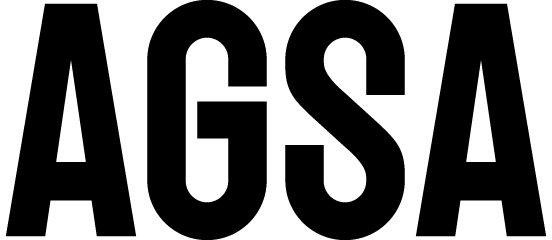The artist took 2 years to complete this commission. It is 7.4m high, and 1.75m at its widest point. It is made from epoxy, iron, horse hides and steel.
The arresting sculpture comprises the skins of two life-sized brown horses, that are intertwined and stitched together - suspended by a long loop of dark hose from a tall industrial metal pipe. A vertical T-bar approximately 5cm in diameter protrudes 7m above the ground, and from this, a loop of oil-stained canvas hose is slung and attached to one hoof belonging to the lighter coloured of the two horses. The conjoined bodies hang vertically to the floor stretching approximately 3.5m.
15cms in diameter at the base, the iron pipe is attached to a square bracket bolted to the gallery floor. At the top, the pipe is narrower than at its base. A metal bracket with a hole through it protrudes, welded to a pipe 2.5m from the top, at the point where the pipe narrows. The rough, silvery-grey pipe is weathered and worn. There are scratches, black marks and spots of rust and wear around its surface.
The focus is the horses, life expelled. The horses are stitched into one form along belly and flanks. Their hides bear flaws, wounds, holes and scratches.
Two steel hooks connect the suspension hose on the hanging forms to a sash, knotted around one of the upward pointing legs. The sash is taut, under strain from the merged horses.
One horse has its rear legs and hooves pointed towards the ceiling and the hair on the back of its legs fluffs outwards. Whorls are patches of hair growing in opposite directions in horsehair, and both hides bear these. Both horses are brown, this being the lighter of the two, with its warm, chestnut-coloured rump and hips. It is the remnants of a male, its puckered and lifeless, black genitals between its upturned legs.
Its tail is cropped short, its rump, back and mane hang downward, a muzzle-less shape stitched and blended with the lower body of its dark counterpart.
One foreleg of the second horse skin reaches skyward, connecting its hoof to a furry ankle of the other. A line of dark hair tufts from fetlock (ankle) to knee on the second body. Forearm, chest and shoulder-to-throat latch are covered liberally in rich and glossy, well cared-for, dark-chocolate-coloured hair.
Lower down, a mane begins, where a muzzle isn’t. A clean, leather cavity, brushed and empty within, except for creases in the gathered hide. Inside, the leather is dust-coloured and greyish, fawn-coloured in the creases.
The joined forms end in splayed hind legs and a rump suspended just above the floor, hooves touching the ground. The gender of this second horse is indiscernible, its groin hidden where the bodies meld, marred by stitching and scratch marks. Lengths of coarse dark tail hair curl onto the floor.
/https://agsa-prod.s3.amazonaws.com/media/dd/images/76056-HQ-20128S14ab.cccca74.jpg)
